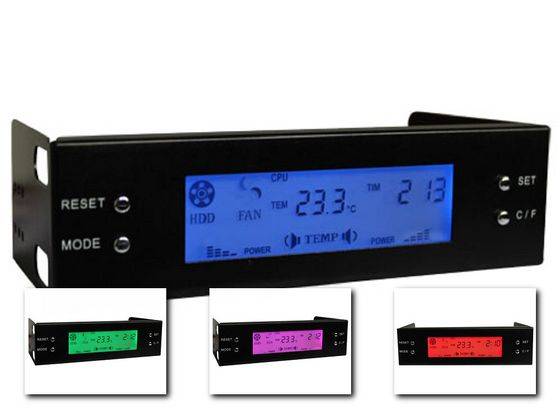

Next, you should figure out if you want an analog or digital fan controller. Most of the time, 4-pin fan connectors are backward compatible with 3-pin fans, though they lose the ability to actively modulate fan speed. For example, a 4-pin connector might only give electricity to the fan in short bursts at a time to save on energy.Ĥ-pin connectors are increasingly becoming the industry standard, though some fan connectors still use 3-pin connectors. This is called “pulse width modulation” (PWM) and works by controlling the amount of current given to the fan at any given time.

4-pin fan controllers have a fourth connector pin that lets them modify fan speed on a software level.3-pin connectors can have their RPM modulated by adjusting the voltage sent to the fan, although this method isn’t as precise as 4-pin controllers. 3-pin headers contain 2 connectors for current and grounding and a third connector that relays information to the user about the RPM of the fans for monitoring purposes.Most computer fans come in a 3-pin or 4-pin design, each number referring to the number of connector pins. The fan header refers to the port on your motherboard that you can hook fans up to. Before buying a fan controller for your PC, take into consideration the following features.

Fan controllers let you slow fans down or turn them off when not needed which cuts down on that incessant whirring noise PC enthusiasts are familiar with.Ī good fan controller can really help your gaming experience by taking heat stress off your CPU and letting it run more efficiently.


 0 kommentar(er)
0 kommentar(er)
